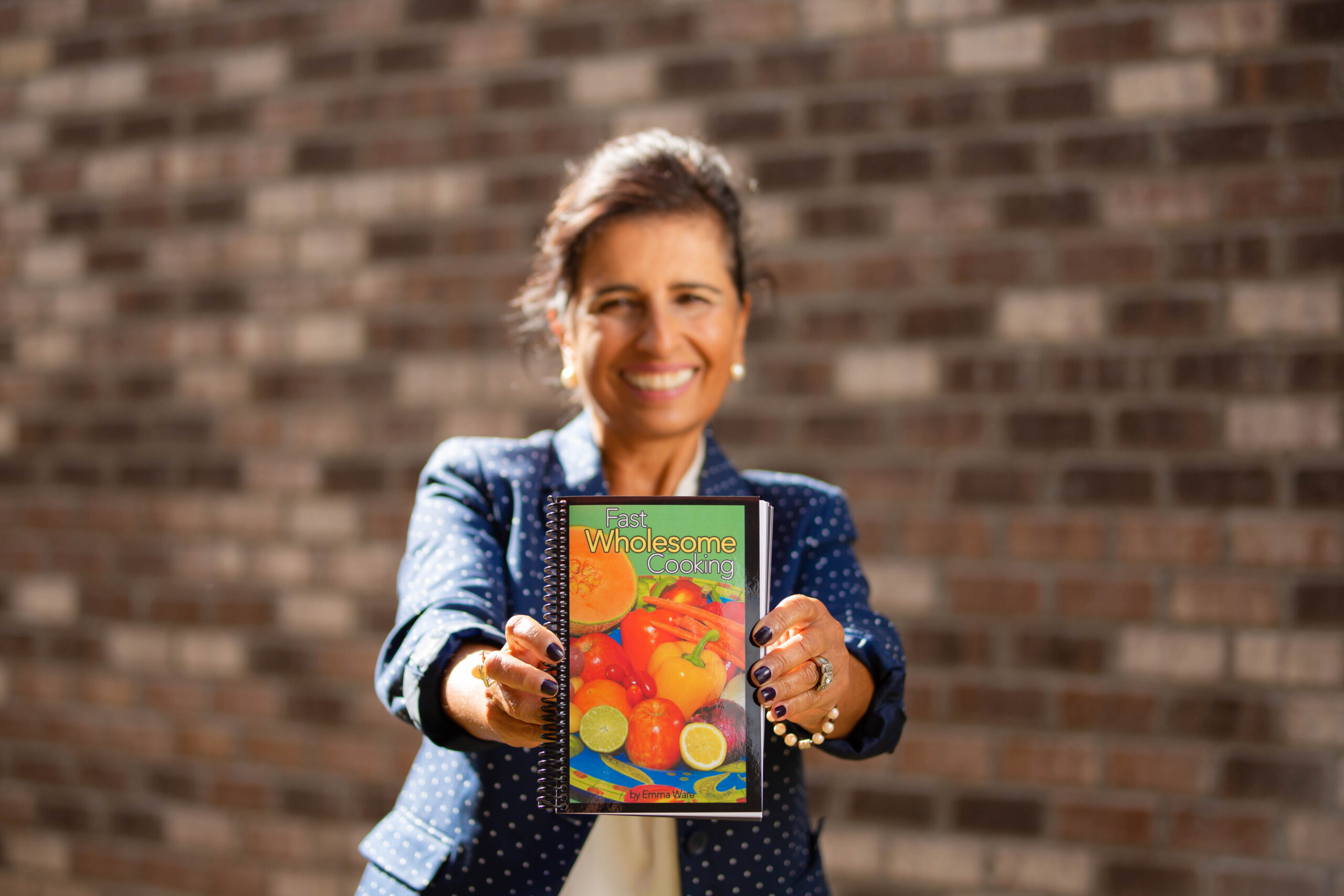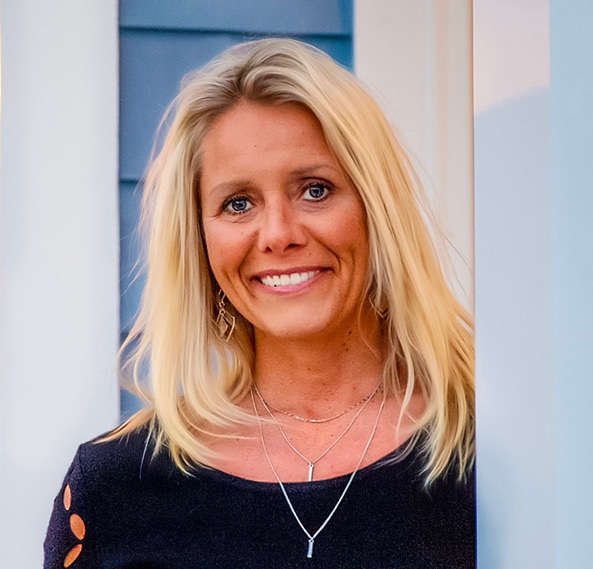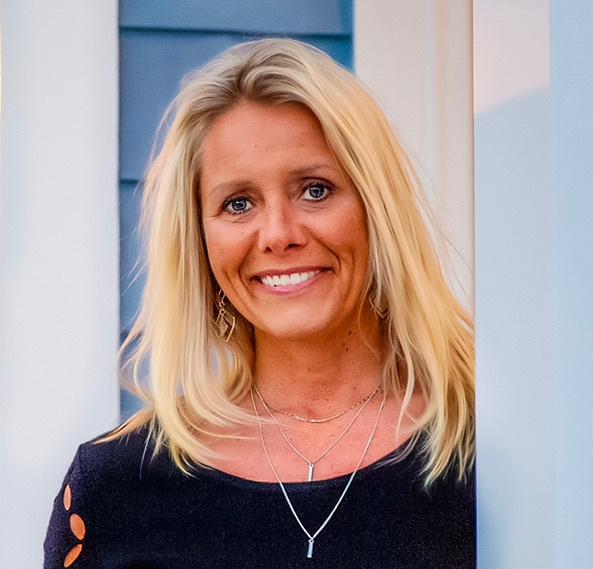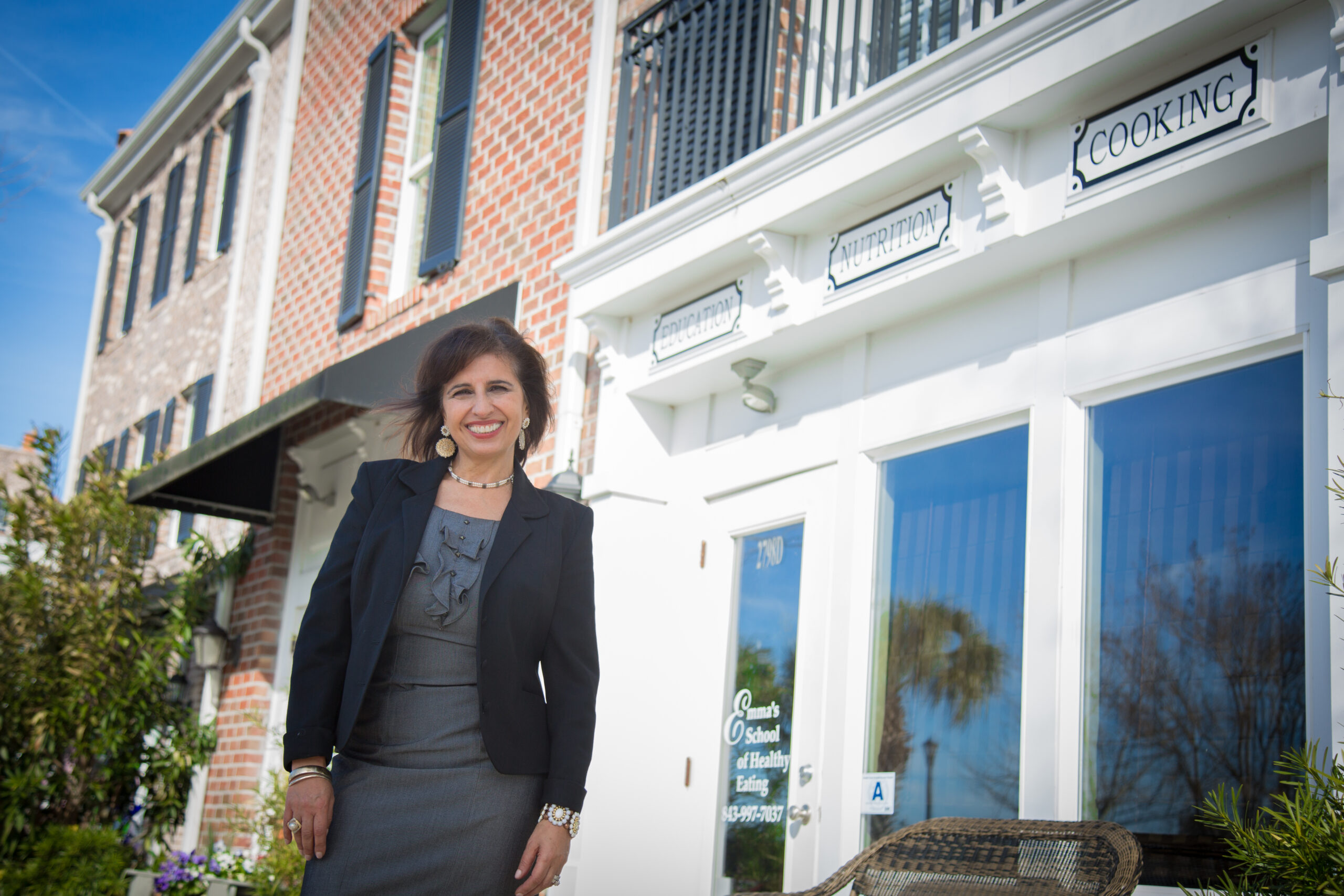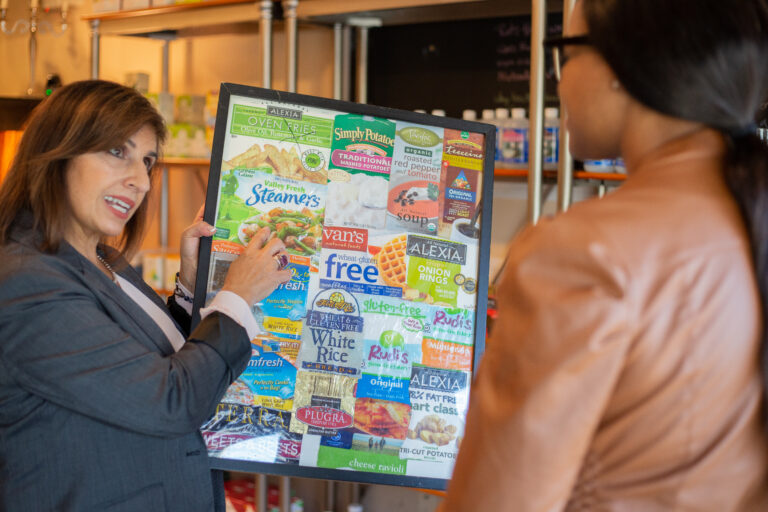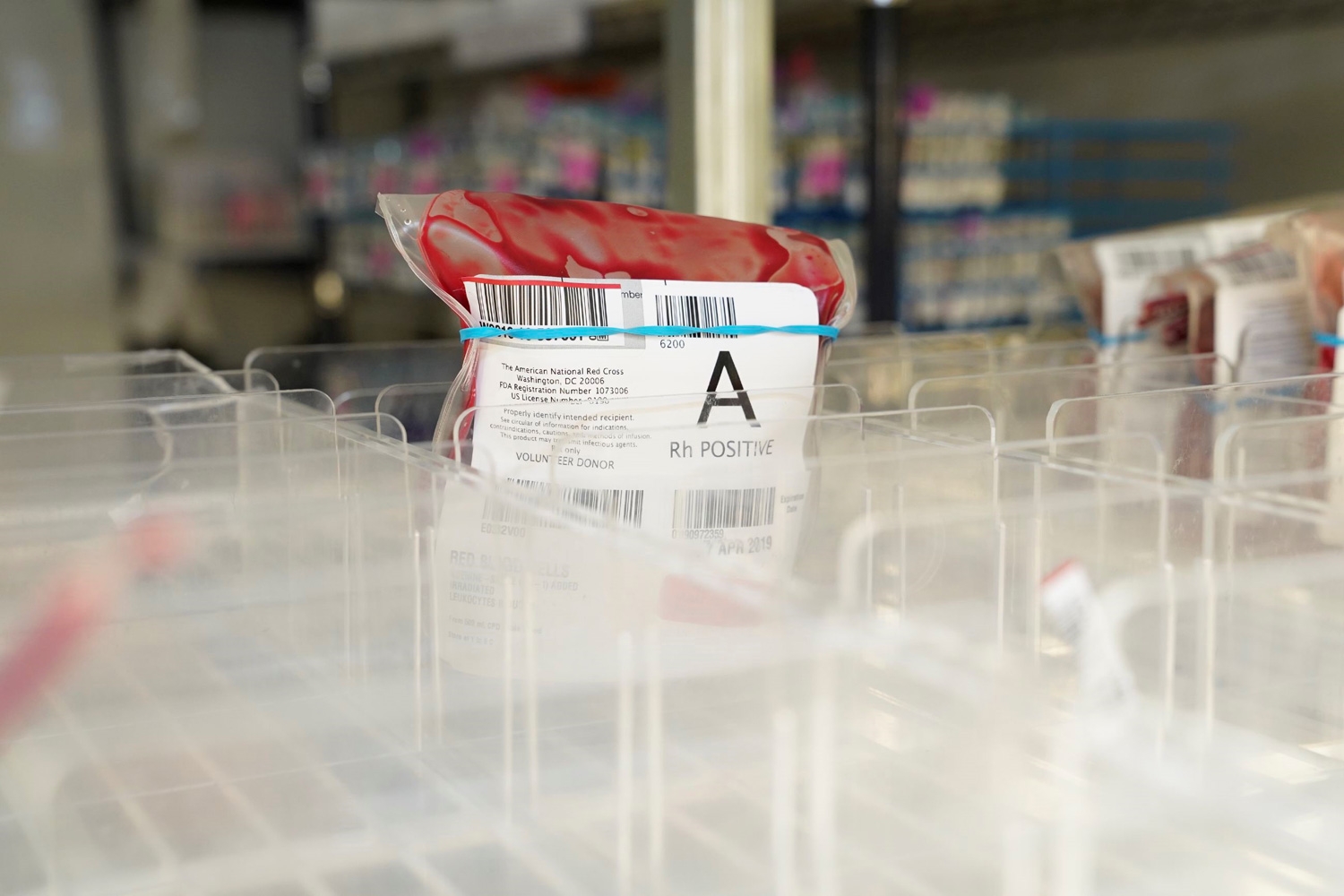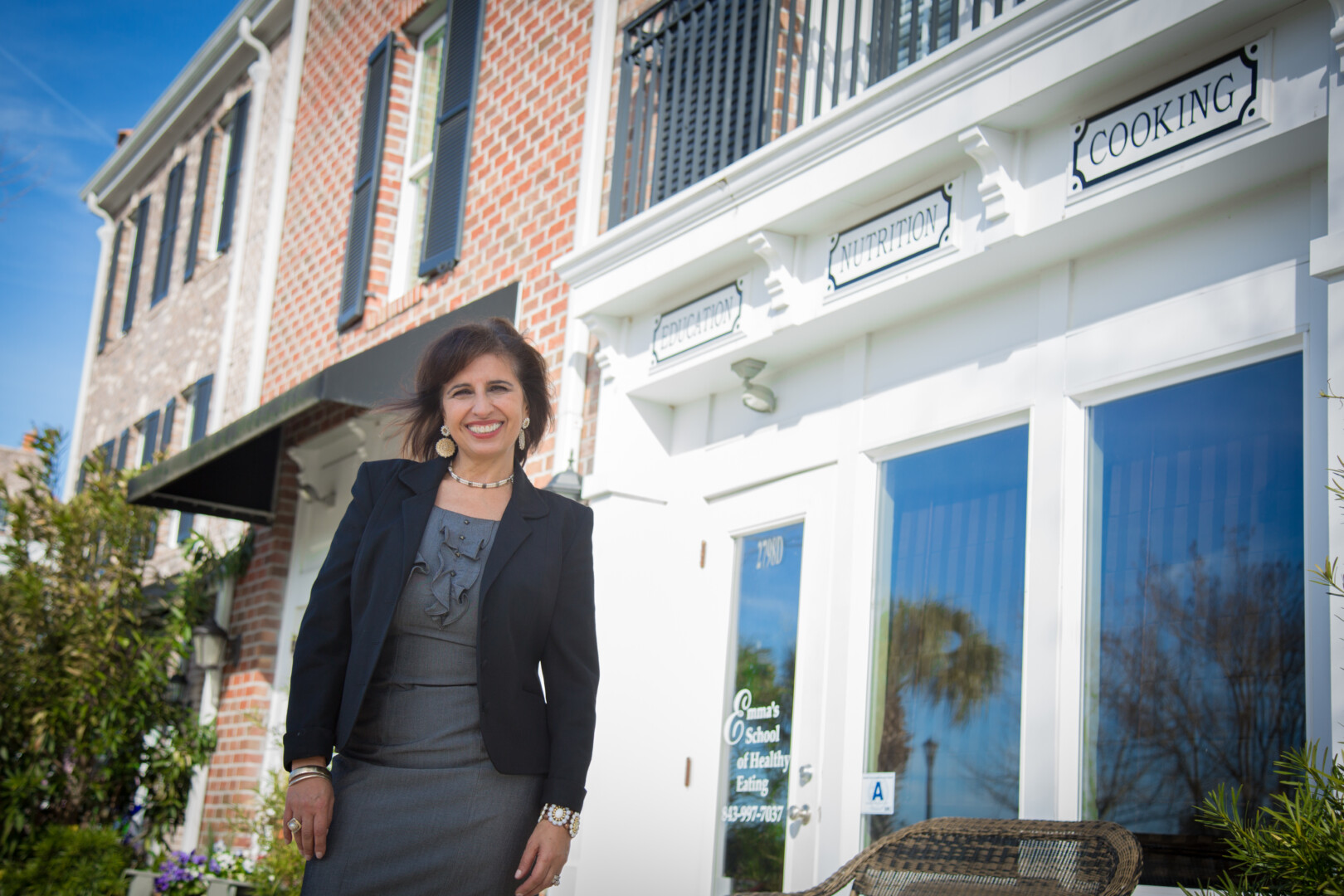by Jen Kavanagh
Do you calorie count as a way to lose or maintain weight? Staying slim doesn’t have to be about severely restricting calories, carbs, fat or even the frequency with which you eat. A very simple way to manage your weight without restricting all your favorite things is to use healthier foods, mainly veggies, to substitute for the heavier fatty and carb-laden foods that can contribute to weight gain. The following are a few great alternatives that you can incorporate into your diet that are super simple, delicious, and will help you cut back on surplus fat and calories without sacrificing the taste of your favorite foods.
- CAULIFLOWER – This amazing vegetable is packed with nutrients. I use it as a substitute for mashed potatoes, tabouleh, tater tots, pizza crust, rice in a stir fry and much more. 1 cup has just 29 calories compared to 248 calories for a cup of rice. It has just 2 grams of carbs versus 48g of carbs found in rice and potatoes, and it tastes amazing.
- SPAGHETTI SQUASH AND ZUCCHINI – These two veggies can be used in place of noodles. Spaghetti squash is great for Bolognese or making a healthy lasagna. Change the flavor profile by using it in a Southwestern or Mediterranean dish.
- CUCUMBER – Cut a long seedless cucumber into thin angled slices shaped like a baguette and use it as a base for bruschetta. Yum! There are almost no calories in cucumbers versus 100 in each slice of Italian bread.
- KALE CHIPS— These give you the same crunch and salty satisfaction as potato chips but kale is one of the most nutrient dense veggies currently known. Use nutritional yeast to get a parmesan flavor, or keep the flavor more minimal with sea salt.
- NUTRITIONAL YEAST— This flaky food item adds cheesy flavor and protein without the saturated fat.
- GREEK YOGURT— It can be used as a substitute for heavy cream, mayonaise or sour cream.
- ALMOND MILK/OAT MILK— Use either instead of regular cow’s milk. There’s less fat, sugar, and calories.
- APPLESAUCE— This can replace the fat in baked goods.
- COCONUT/ALMOND FLOUR — Both are great substitutions for regular flour, adding fiber and protein to your diet. As a bonus, they’re gluten free.
Remember that the above are just suggestions. Every little step you take to make small sustainable dietary changes will help set you on a much healthier course for the future and help you reach your wellness and weight loss goals.
Living Well Nutrition







